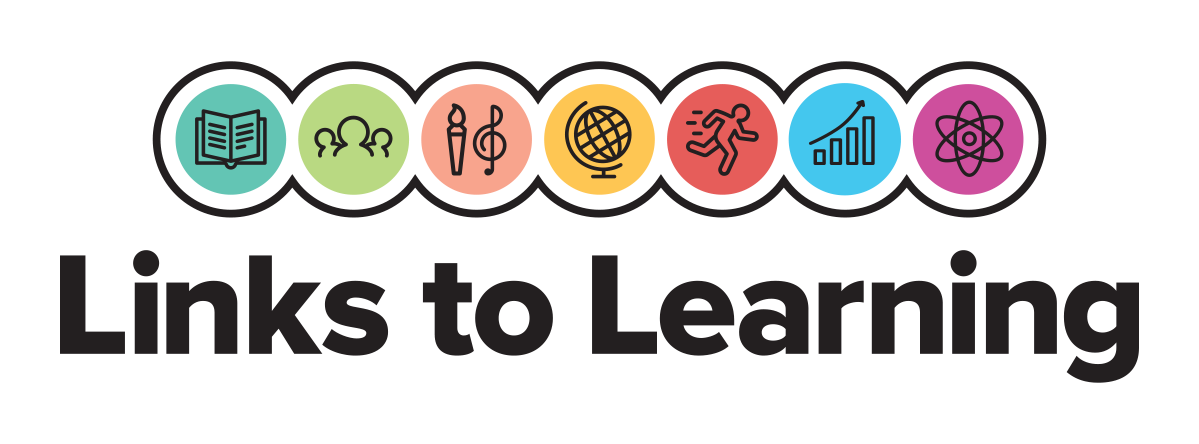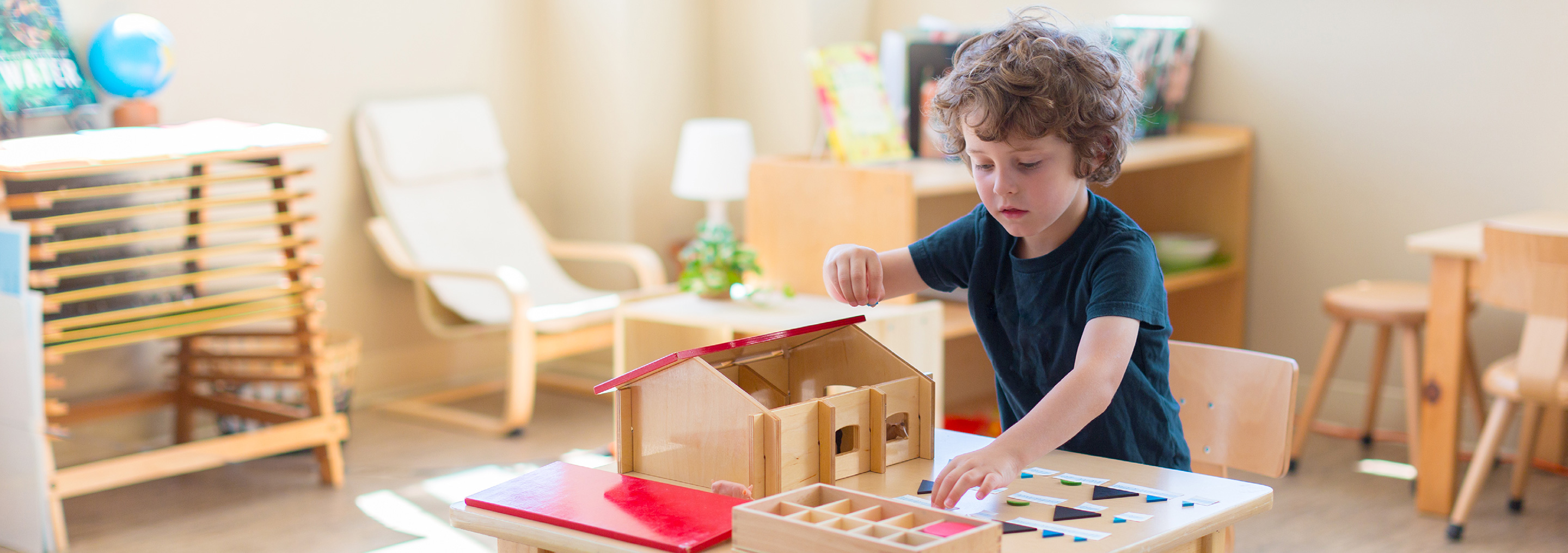- View All
- Topics
- Search
Blog Archive
-
2025 (1)
- January (1)
-
2024 (10)
- December (1)
- October (1)
- September (1)
- August (1)
- July (1)
- June (1)
- April (1)
- March (1)
- January (2)
-
2023 (9)
- September (1)
- August (1)
- July (1)
- June (1)
- May (1)
- April (1)
- March (1)
- February (1)
- January (1)
-
2022 (3)
- December (1)
- November (1)
- September (1)
-
2021 (3)
- November (1)
- March (1)
- February (1)



The Dual Purpose of Montessori Practical Life Activities
In Montessori philosophy, independence is an essential component of a child’s development and a critical factor in their overall well-being and success. Particularly during the toddler and preschool years, one of the ways we nurture that independence is via Practical Life, with activities designed to build the child’s capabilities in dressing, food preparation, sweeping, tending to plants, polishing, etc. Children LOVE to learn how to do the many tasks they watch the adults in their lives perform at home and are highly motivated to master Practical Life work. Many Evergreen Academy parents are surprised to discover that their 3-year-olds, with proper instruction, can do many things for themselves and can contribute meaningfully within their classroom and family communities!
A child who feels capable of acting in the world without needing to rely on Mom or Dad for every little thing is a child who is developing self-confidence. Writes psychologist Madeline Levine: “Self-esteem doesn’t contribute much to success. But success contributes mightily to self-esteem. Kids have to ‘do’ something, and do it well, to get a self-esteem boost.”
Of course, like all aspects of a Montessori classroom, Practical Life has many additional learning objectives beyond self-confidence. Here are just a few:
While many parents are eager to see their child progress to academic lessons in the preschool classroom, we hope you’ll see the hidden value in Practical Life and wholeheartedly support your children as they explore the many fun and educational activities in this unique part of a Montessori education.